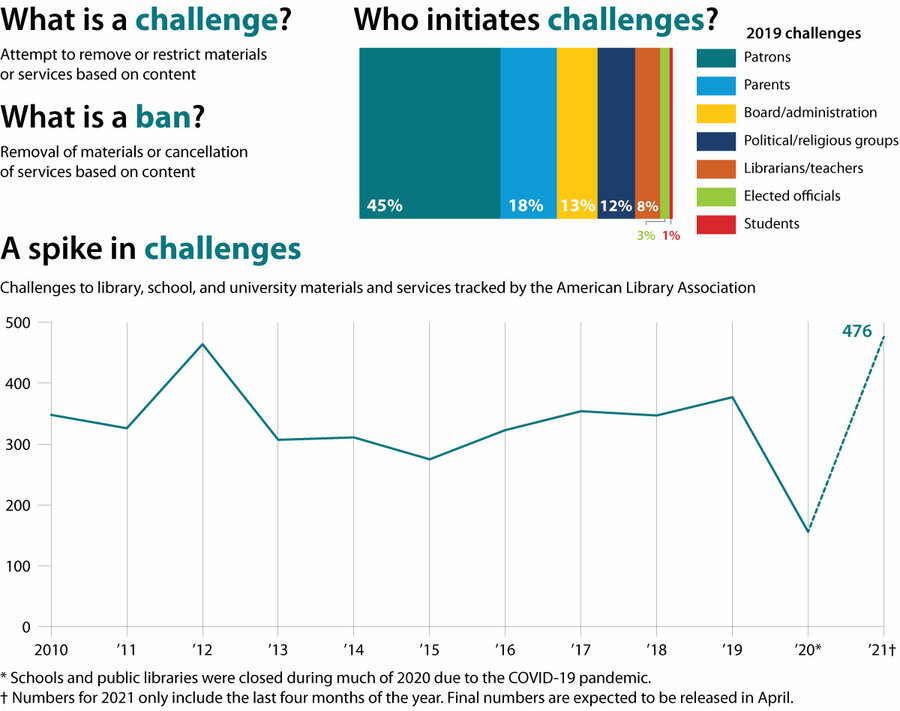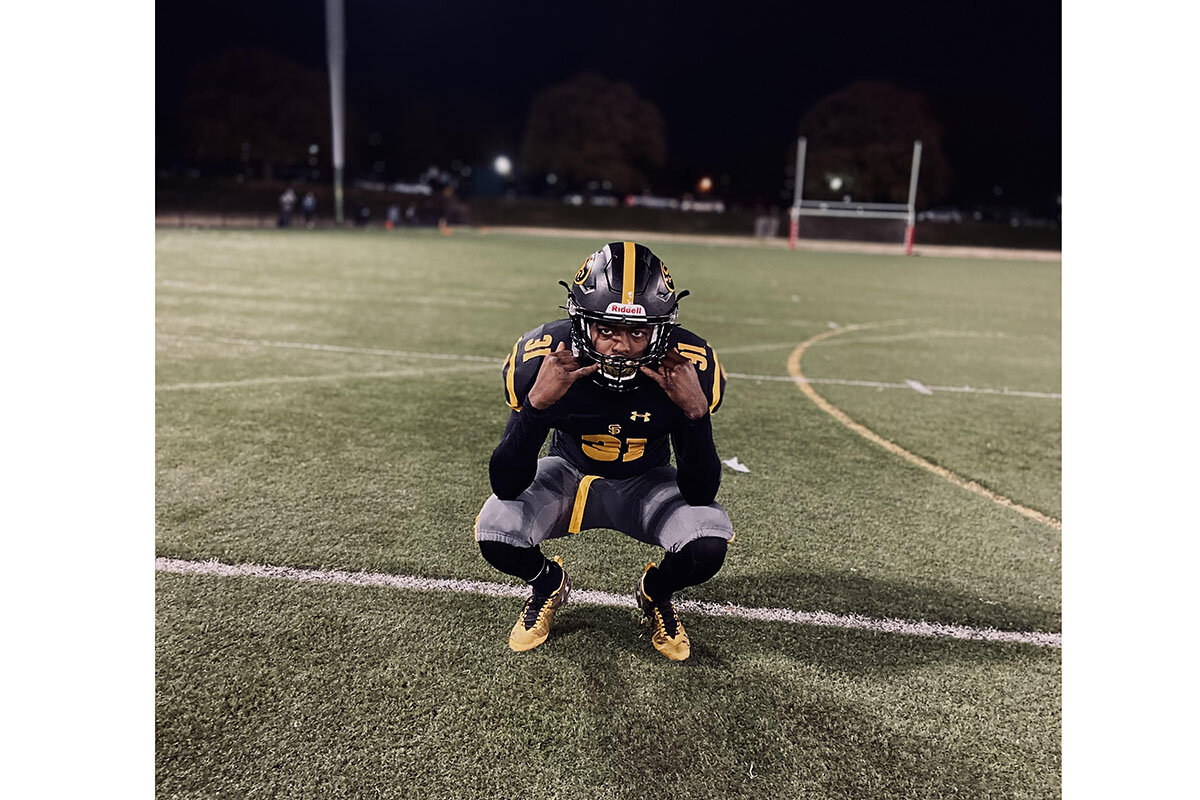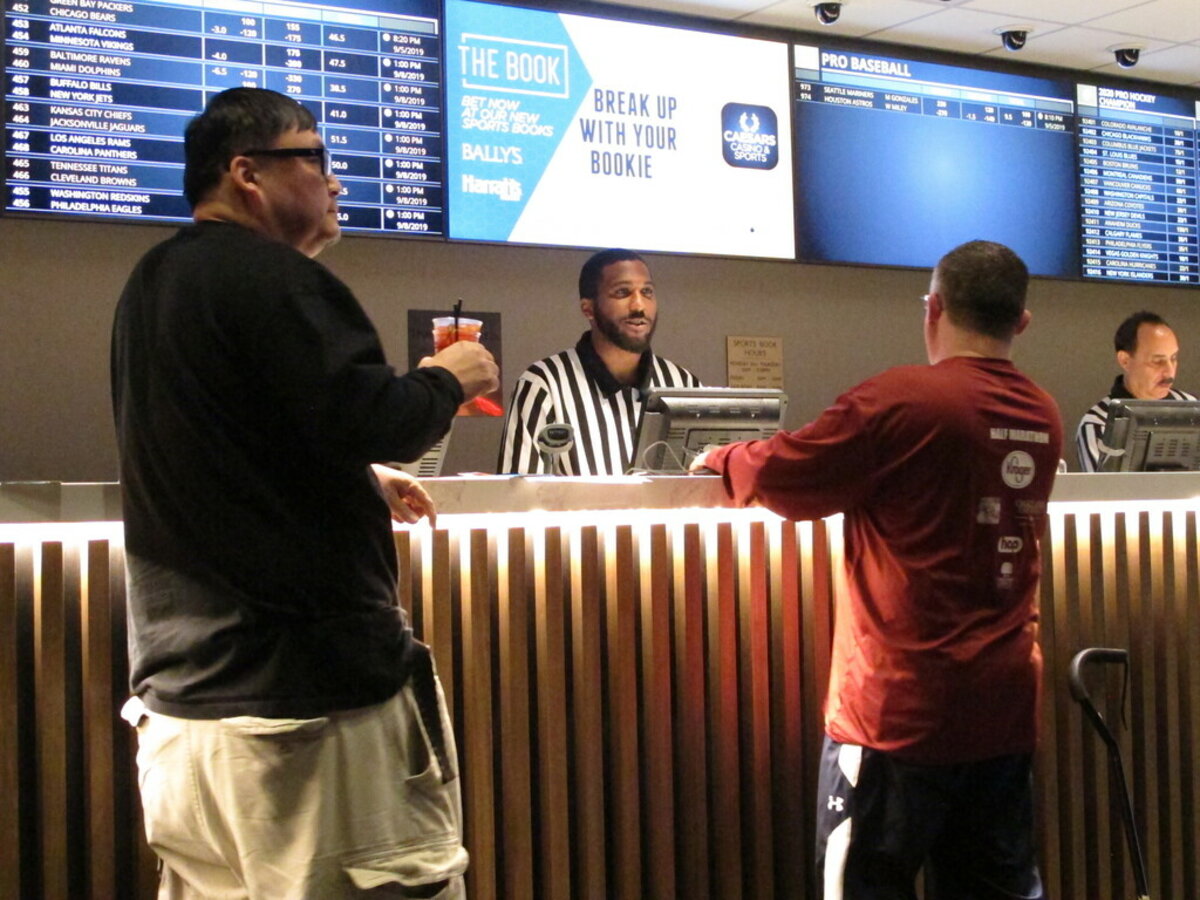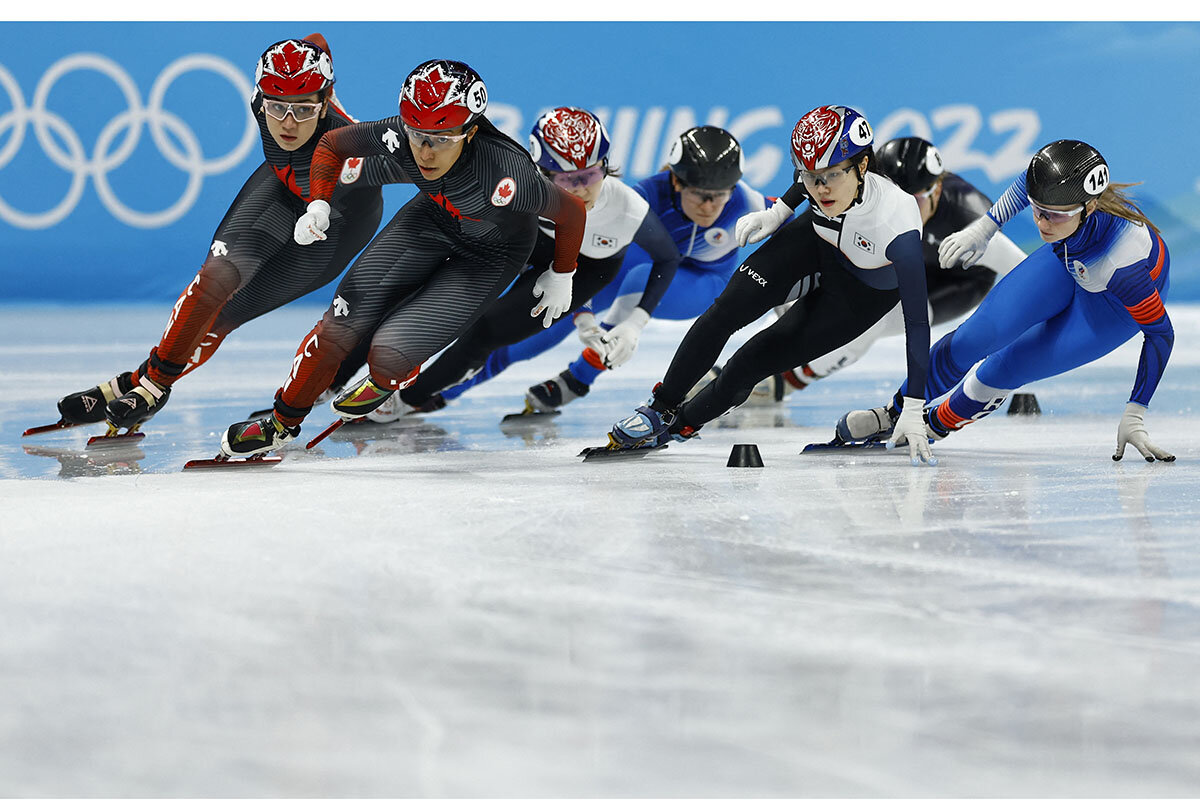Monitor Daily Podcast
- Follow us:
- Apple Podcasts
- Spotify
- RSS Feed
- Download
 David Clark Scott
David Clark Scott
Understandably, in the world of sports, all eyes are focused on the Beijing Winter Olympics. But let’s spare a moment for the GOAT.
No, not Tom Brady, the NFL’s Greatest Of All Time. But the GOAT of surfing.
On Saturday, Kelly Slater made history by winning the Billabong Pro Pipeline surfing competition for the eighth time in 30 years. In 1992, he was the youngest master of the Pipeline. In 2011, at age 39, he was the oldest to conquer Oahu’s North Shore. And now, just six days shy of his 50th birthday, Mr. Slater did it again.
The native Floridian epitomizes fearless grace on a roaring wall of water, defying limits and consistently defining excellence. He’s won 11 world championships and 56 professional tour events. He’s the Tom Brady of the big breakers.
In fact, his latest Pipeline victory felt a little like last year’s Super Bowl, when razor-sharp wisdom (Mr. Brady, age 43) defeated youthful verve (QB Patrick Mahomes, age 25). In an early Pipeline heat, it looked like Mr. Slater might get knocked out of the competition by 22-year-old Barron Mamiya. He had only seconds left to catch one last ride. Yet, he waited. At the last possible moment, he caught the perfect wave. “I kind of think of it like a martial art,” Mr. Slater told the Associated Press. “You don’t get worse as you get older, you get more experienced.”
Like Mr. Brady, who retired last week, Mr. Slater is dogged by questions about his future. But his response suggests he’s not done. “Everyone who retires from surfing just goes surfing,” he said with a smile.











